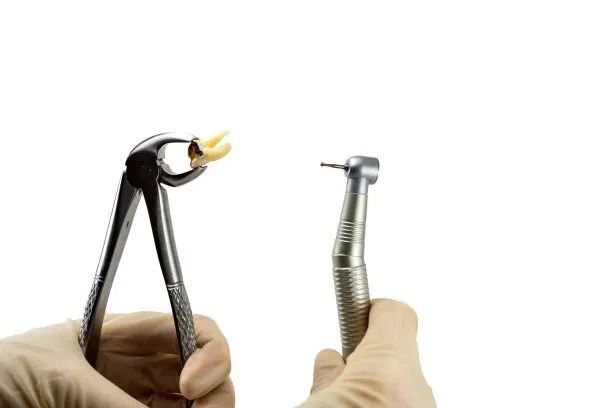Extracting a Tooth Understanding the Procedure, Recovery, and Importance of Dental Care for Oral Health
Summary: Tooth extraction is a common dental procedure that can alleviate pain and prevent further oral health issues. Understanding the extraction process, the subsequent recovery period, and the ongoing importance of dental care is essential for maintaining oral health. In this article, we will explore the tooth extraction procedure step-by-step, discuss what to expect during recovery, emphasize the significance of regular dental check-ups, and provide guidelines for dental care post-extraction. By recognizing the importance of handling dental health proactively, individuals can ensure better oral hygiene and overall well-being.
1. The Tooth Extraction Procedure Explained

Tooth extraction typically occurs in a dental office under local anesthesia, ensuring that the patient feels little to no pain during the process. Initially, the dentist examines the tooth and surrounding tissue to determine the best approach for extraction. If the tooth is visible, it can be removed more straightforwardly. However, in cases where the tooth is impacted, additional surgical techniques may be required to safely extract it.
Before the procedure begins, a thorough assessment, including X-rays, may be conducted to visualize the root structure and any surrounding bone. The dentist will discuss sedation options to make the patient feel more comfortable during the process. Once ready, the procedure typically lasts between 20 to 40 minutes, depending on the complexity of the extraction.
After the extraction site is cleaned, the dentist will provide aftercare instructions to minimize risks of complications such as dry socket or infection. Understanding the process helps reduce anxiety and prepares the patient for what to expect.
2. Recovery After Tooth Extraction
Recovery from a tooth extraction varies among individuals but usually entails following specific post-operative care instructions provided by the dentist. The first 24 hours after the procedure are critical; patients are advised to rest and avoid strenuous activities. Swelling and discomfort are common, and using an ice pack on the outside of the cheek can help manage these symptoms.
Its essential to follow a soft food diet for the first few days to avoid straining the extraction site. Foods like yogurt, pudding, and smoothies are excellent options, while hot or spicy foods should be avoided. Staying hydrated without using straws is also important, as suction can dislodge the blood clot that forms in the extraction site.
Monitoring for any signs of complications, such as excessive bleeding or severe pain, is crucial. Any concerning symptoms should be communicated to the dentist promptly. Following these instructions can lead to a smoother recovery process.
3. Importance of Regular Dental Care
Maintaining regular dental check-ups is fundamental to preventing the need for tooth extractions in the first place. Dentists can identify potential issues early, such as cavities, gum disease, or impacted teeth, and provide timely interventions. Regular cleaning sessions help remove tartar buildup that brushing alone may miss, further protecting oral health.
Education about proper oral hygiene practices is also vital. This includes brushing twice daily, flossing regularly, and using mouthwash to help reduce plaque buildup and protect against periodontal diseases that could lead to tooth loss.
Investing in preventive care ultimately contributes to overall health and well-being. By establishing a routine with dental visits and proper daily hygiene, individuals can maintain healthy teeth and gums, reducing the risk of requiring procedures like extractions.
4. Guidelines for Post-Extraction Dental Care
The period following a tooth extraction is not just about recovery; it’s also an important time to reconsider one’s dental care routine. Patients should continue their oral hygiene practices but with added caution. Brushing should be done gently around the extraction site, and using a soft-bristled toothbrush can help avoid irritation.
After a few days, as healing begins to progress, patients can gradually reintroduce normal foods. However, remaining vigilant about oral health, including rinsing with salt water to keep the extraction site clean, is advised. Avoiding tobacco products is critical since they can significantly delay healing.
Ultimately, regular follow-ups with the dentist should continue post-extraction to monitor healing and discuss future dental health strategies. This practice ensures that any potential complications are addressed quickly and encourages a long-term commitment to oral health.
Summary:
The importance of understanding tooth extraction lies in recognizing the procedure, recovery, and ongoing dental care. By knowing what to expect and adhering to post-operative guidelines, individuals can improve their overall oral health and prevent future issues.
This article is compiled by Vickong Dental and the content is for reference only



